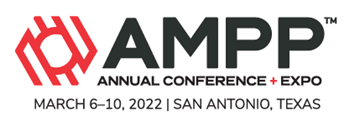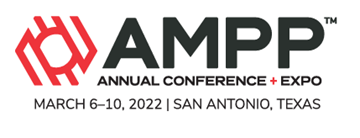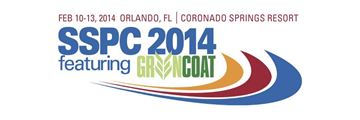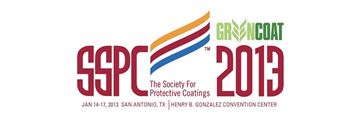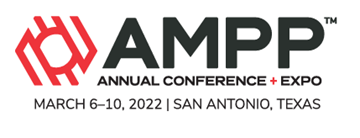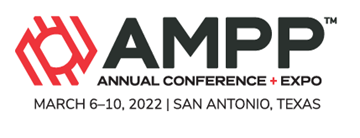Search
Coatings and Linings
View as
Sort by
Display
per page
IOW Analysis With Installed UT Sensors: How Process Changes Impact Corrosion Rates
Product Number:
51322-17611-SG
Publication Date:
2022
$20.00
Is the Heat and Pressure of Formulating Coatings for the Oil and Gas Market Getting to You?
Product Number:
41215-925-SG
Publication Date:
2015
$20.00
Is Your Waterborne 2K Epoxy Formulation Giving You a Headache? Here is the Cure!
Product Number:
41214-854-SG
Publication Date:
2014
$20.00
Isocyanate Free Polyurthane Coatings for Industrial Metal Applications
Product Number:
41215-921-SG
Publication Date:
2015
$20.00
Laboratory and Field Testing of Thin-Film Air Barrier Coatings When Applied to Concrete Masonry Units
Product Number:
41213-759-SG
Publication Date:
2013
$20.00
Laboratory Evaluation Of Corrosion Inhibitor And The Performance Requirements In Gas Gathering And Transportation Pipelines
Product Number:
51322-17856-SG
Publication Date:
2022
$20.00
Laser Cleaning For Surface Preparation For Pre-Weld And Pre-Bonding Applications
Product Number:
51322-18182-SG
Publication Date:
2022
$20.00
Latest Developments with Solvent-Free Epoxy Coatings
Product Number:
41205-213-SG
Publication Date:
2005
$20.00
Leak Mitigation of Dynamic Cracks in Concrete
Product Number:
41216-982-SG
Publication Date:
2016
$20.00
Life Cycle Costs For Thermal Spray Zinc Duplex Coatings On Long Lifetime Steel Constructions
Product Number:
51322-17803-SG
Publication Date:
2022
$20.00

